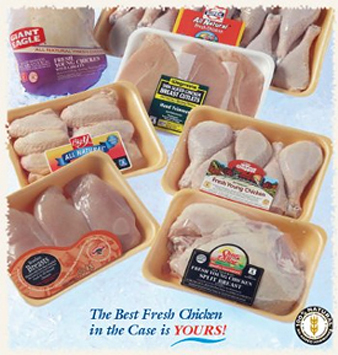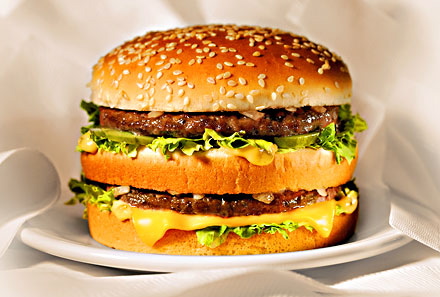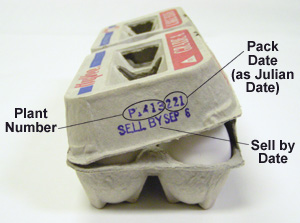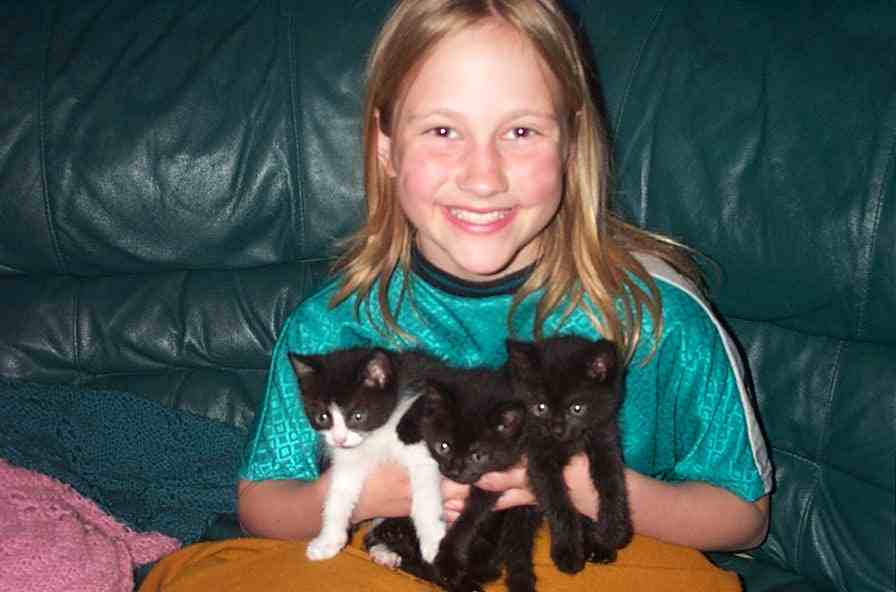Those supermarket loyalty cards helped pin down an outbreak of salmonella in sausage in France last year.
Researchers reported in Eurosurveillance last week that an outbreak of the monophasic variant of Salmonella enterica serotype 4,[5],12:i:- occurred in November and December 2011 in France. Epidemiological investigation and food investigation with the help of supermarket loyalty cards suggested dried pork sausage from one producer as the most likely source of the outbreak. Despite the absence of positive food samples, control measures including withdrawal and recall were implemented.
Between 31 October and 18 December (week 44 to week 50), a total of 337 cases of Salmonella enterica serotype 4,[5],12:i:- were identified. The median age was 10 years (range: 0–90 years) with about 30% of children under five. A majority of women were affected (female to male sex ratio: 1.22). Cases were reported throughout France.
An epidemic of Salmonella enterica 4,[5],12:i:- was already observed about three months prior to this outbreak. Between 1 August and 9 October, 682 cases were reported (Figure 1), of whom 100 cases were interviewed at the time but no common vehicle of infection could be identified. In comparison, 212 cases with this serotype had been isolated during the same period in 2010.
Epidemiological investigations pointed to a dried pork sausage purchased principally at supermarket chain A and consumed after week 44, 2011. Therefore purchases of pork delicatessen at supermarkets A and B up to four weeks prior to symptom onset were investigated by the DGAL using data recorded through supermarket loyalty cards.
The use of the loyalty card from supermarket chain A was important to identify the vehicle of infection and the local producer involved in this outbreak. These cards are used more and more and prove helpful in the investigation of food-related outbreaks. Nevertheless we should keep in mind that they do not necessarily reflect the consumption of cases perfectly. For instance, the card may not be used systematically, the household can purchase foods in additional shops and markets for which they have no loyalty cards, many food products are consumed outside the household and not recorded on the card, and the central database of the supermarket does not always contain data on all foods sold such as foods directly purchased by the retailers. For these reasons the data have to be interpreted together with the results from epidemiological and microbiological investigations.
That the producer and microbiological analysis did not find Salmonella does not exclude contamination. The limited number of samples and the processing of the food (especially salting and drying) reduce the likelihood of isolating the bacteria. Implementing checks earlier in the process (before salting and drying) and using additional methods of testing such as polymerase chain reaction (PCR) should be considered.
This is the second described outbreak in France involving dried pork sausage, and indicates that this food item might be a likely vehicle of infection and further outbreaks in humans may be expected.
Given the limitations to detect Salmonella in dried sausages, the ability of the standard reference method to detect of monophasic variant strains in dried sausages is questionable. Additional methods should be explored in order to improve monitoring protocols.
The complete report is available at http://www.eurosurveillance.org/ViewArticle.aspx?ArticleId=20071.

 with no added hormones."
with no added hormones." on the outside of the packet.
on the outside of the packet. aware its not popular at all.”
aware its not popular at all.” My first guest is Doug Powell, associate professor, food safety, Dept. Diagnostic Medicine/Pathobiology, Kansas State University and the father of five girls. His entertainingly combative
My first guest is Doug Powell, associate professor, food safety, Dept. Diagnostic Medicine/Pathobiology, Kansas State University and the father of five girls. His entertainingly combative  Yet last week, Approved Foods, announced that its sales for the final week of December were up a staggering 500 per cent year on year. At sites such as Approved Foods and Bargainfoods.co.uk, you can pick up four tins of pinto beans for £1, or a can of tuna for 59p. Or how about four Toblerones for 99p? There’s nothing wrong with the foods. They’re just coming up to their "use-by" dates or have gone beyond their "best before" dates.
Yet last week, Approved Foods, announced that its sales for the final week of December were up a staggering 500 per cent year on year. At sites such as Approved Foods and Bargainfoods.co.uk, you can pick up four tins of pinto beans for £1, or a can of tuna for 59p. Or how about four Toblerones for 99p? There’s nothing wrong with the foods. They’re just coming up to their "use-by" dates or have gone beyond their "best before" dates. Oprah begat Dr. Phil, and all was ideal, at least until his ratings started to fall.
Oprah begat Dr. Phil, and all was ideal, at least until his ratings started to fall. We got picked up by a big car and stayed at a nice hotel in Gotham.
We got picked up by a big car and stayed at a nice hotel in Gotham.
 Even though we live in central Manhattan (Kansas), there’s a small greenbelt behind the house and we’ve had visitors such as deer, turkeys, and yesterday, a fox.
Even though we live in central Manhattan (Kansas), there’s a small greenbelt behind the house and we’ve had visitors such as deer, turkeys, and yesterday, a fox. Independent.ie
Independent.ie